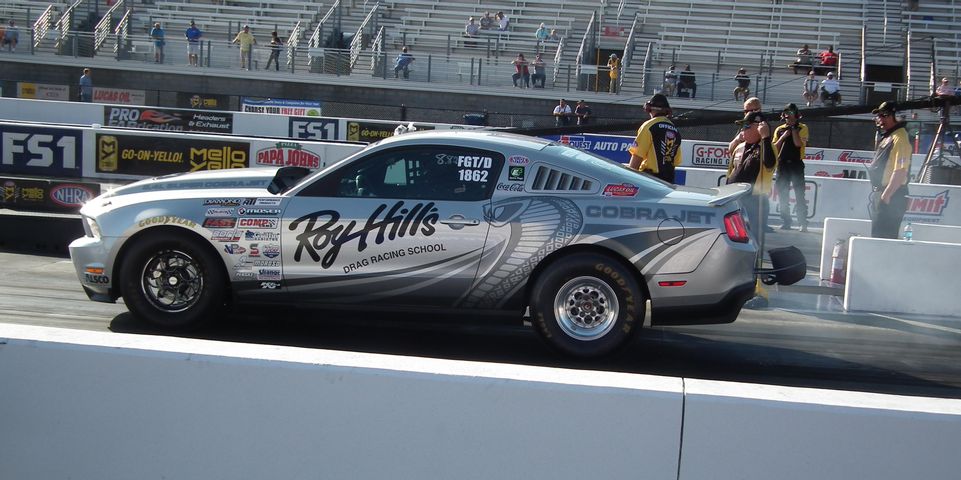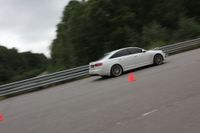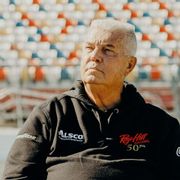
Drag racing is not for the fainthearted; it’s an activity that involves speed, power, risk, and cars. Before it became popular, drag racing was merely a pastime for a couple of drivers intent on breaking the speed barrier. A few years down the road, it evolved into something greater—so much so that it has become an official motorsport.
How Drag Racing Began
The term ‘drag  racing’ wasn’t coined sometime after it gained traction among enthusiasts and circuits. During the 1930s, it was just known as racing on the Muroc dry lake beds in California’s Mojave Desert when drivers tried to break the 100 mph speed mark. Remaining as an underground pastime even after World War II, drag racing eventually moved to unused military runways. Its first organized race happened in 1949 at the Goleta Air Base in California.
racing’ wasn’t coined sometime after it gained traction among enthusiasts and circuits. During the 1930s, it was just known as racing on the Muroc dry lake beds in California’s Mojave Desert when drivers tried to break the 100 mph speed mark. Remaining as an underground pastime even after World War II, drag racing eventually moved to unused military runways. Its first organized race happened in 1949 at the Goleta Air Base in California.
Since drag racing wasn’t considered legitimate back then, races were straightforward and dangerous — there were no safety barriers or cordoned areas for avid spectators. In 1950, gas station owner C.J. Hart opened the first commercial drag strip — an unused runway in Santa Ana, California, where races were held every Sunday. Business was booming until the nearby airport’s extension in 1959 drove off the racers and enthusiasts.
Why the National Hot Rod Association Was Formed
The operation of the Santa Ana drag strip has jump-started the need for organization within the sport. Wally Parks, considered a drag racing pioneer for his efforts and years as editor of the Hot Rod magazine, called for various racing clubs in forming a national organization to encourage safety in racing meets. Called the National Hot Rod Association — NHRA — Parks went on to become its first president in 1951. It held its official drag race in 1953 at the Los Angeles County Fairgrounds and eventually hosted more than a thousand events over hundreds of race tracks.
Backed by a sanctioning body, drag racing saw considerable improvements as a motorsport. Under NHRA, gone was the flagman to start the race; they replaced this with electronic lighting. Competitions were divided into classes — Top Fuel, Funny Cars, Pro Stock, and Pro Stock Motorcycle — with restrictions on the chassis, body, engine, and fuel.
With the increasing popularity of the sport, drivers became superstars, turbocharged dragsters turned into million-dollar driving advertisements, and the stakes grew higher. Car designs changed over the years as well, but the biggest shift was placing the engine at the back after the accident of Don Garlits in 1970.
Experience the adrenaline rush from drag racing with a visit to Roy Hill’s Drag Racing School. Located in Sophia, NC, it is one of the few top drag race tracks throughout the country. With driver Roy Hill at the helm, they also offer several drag racing classes — from dragster experience to NHRA competition licensing courses. Call (336) 498-4875 today, or check out their auto racing class schedules online.
About the Business
Have a question? Ask the experts!
Send your question

